Lecture
The SQL UNION operator combines the results of the two.
Table of contents:
Basic rules for combining two or more queries using UNION:
1.) the number of columns must be the same.
2.) it must be the same or compatible.
3.) Usually returned column names are taken from the first query.
By default the UNION behalves like UNION [DISTINCT], ie eliminated the duplicate rows; however, using ALL keyword with UNION returns all rows, including duplicates.
1.) It can be different.
2.) The UNION puts it at each other (but it is JOIN), ie it makes a cartesian product.
Your queries are not executed correctly.
The following example has been given to it.
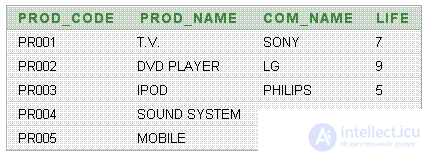

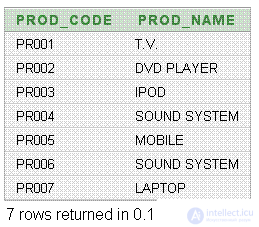
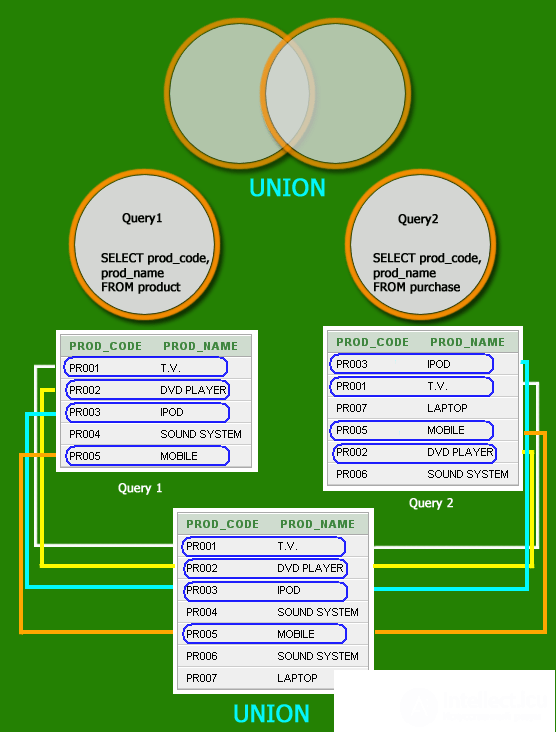
Go top
It has been added that it has been added. This is where the rows rows were displayed. If Ignored

There are two different criterias, including WHERE clause. So all the retrieve rows (including duplicates) have displayed in the result set. It has been displayed along with UNION. If Ignored
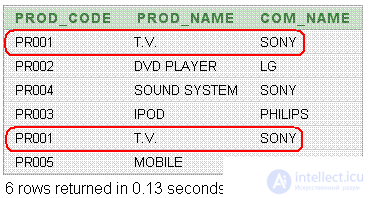
Go top
In the following example, the two queries have been set. So all the retrieved rows (including duplicates) have displayed. It has been displayed along with UNION.
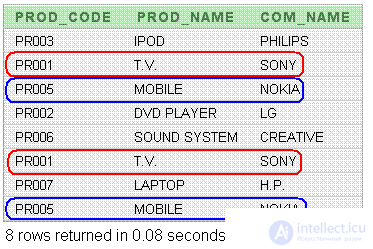
In the following example, the two queries have been set using two different criteria and different columns. In different statements are 'life' and 'pur_qty'. Here is the result so that you can see the result. Usually returned column names are taken from the first query.
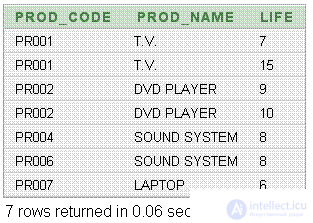
Go top
In the following example. The queries are two inner join statement. In the case of the tables, it is the same.
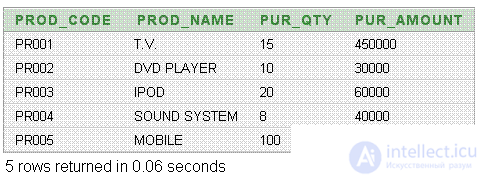
UNION and UNION ALL does not. And
Rows in table1:
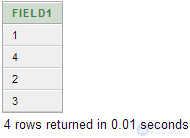
Rows in table2:

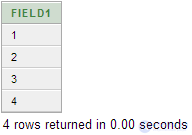
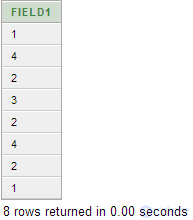
SQL Database 10g Express Edition.
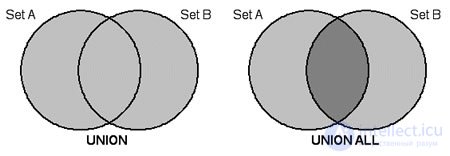
This is a list of different tables. It has been chosen to Returns to the list of all values that have been duplicated as well. However, Union all works rather than the Union command. This is because there is no difference. So it works faster and displays all results.
Therefore, it’s not a problem. Otherwise, it’s possible to integrate values. It can be a bit slower.
Comparison between Union and Union All:
Union | Union all | |
Return of value | The union command returns values that are distinct from one another. | Union all displays that are being duplicated. |
Elimination of duplicity | Discards of separate orders. | Union all doesn’t eliminate duplicate values. |
Speed | Union is a bit slower. | It can be compared with all the values, regardless of clone values. |
Recommended when | The values need to be sorted and united. | Need to be sorted. |
Comments
To leave a comment
Databases, knowledge and data warehousing. Big data, DBMS and SQL and noSQL
Terms: Databases, knowledge and data warehousing. Big data, DBMS and SQL and noSQL